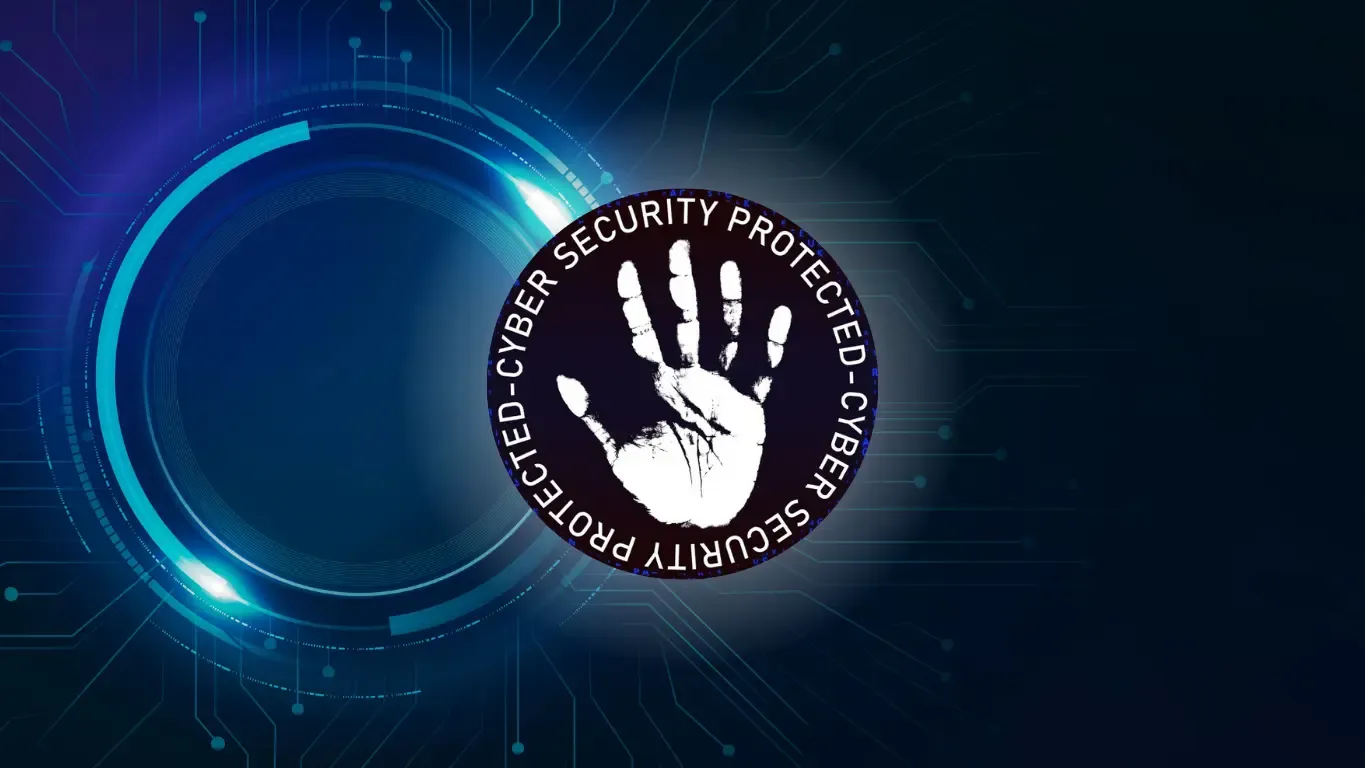Understanding Identity as the Cornerstone of Security
Long before the pandemic popularized the work from the home approach as a survival tactic the remote work culture was already widespread About ten y...

Long before the pandemic popularized the work from the home approach as a survival tactic, the remote work culture was already widespread. About ten years ago, when technologies like Slack, Google Zoom, and Drive that enabled remote work were introduced, companies realized the potential of a distributed workforce. These organizations realized that they could access skilled and talented workforce across the country or even the globe and continue running efficient and streamlined operations. Two years after the pandemic started, most office refugees have now found a permanent workstation in their dining tables. Each day, we see companies make commitments to continue with this approach or have a permanently distributed workforce. While remote work is good for boosting productivity and gaining access to diversified talent, it creates a security concern regarding identity for companies depending on the standard security perimeters.
The traditional defense model based on administrators was ideal for the office workplace setting. But now that more office workers are no longer operating within the confines of the office, security breaches have been on the rise.These remote workers use software and cloud computing on personal and company devices. Unfortunately, they are not compatible with the age-old traditional security models. As such, companies need a more sophisticated basis for their security perimeters. This piece focuses on identity as the ideal security perimeter and what makes it compatible with the security paradigm.
Why It’s Necessary to Adopt a Modern Security Perimeter
“Identity is the new security perimeter,” so goes the adage. However, the idea of identity as the ideal security perimeter has been around for some time; it’s not new. And new trends are emerging, necessitating the need to change the definition of the ideal perimeter. From technological advancements to continued shifts in operations, here are the three most influential trends that determine the need for a more extensive, better security perimeter.
The Cloud Is Not Going Anywhere
Even with leading enterprises, the traditional office resources no longer look attractive. Now it’s much better, easier, and cost-efficient to use the cloud. And this cannot be more realistic with software solutions. An employee regularly logs into almost ten different SaaS solutions, most of which do not receive adequate management. An estimated 71% of organizations have at least two SaaS subscriptions with no bill, employee, or employees who signed up having left the company. This puts IT departments on the task of determining who uses which resources and assigning them to different employees.
The Home Is the New Office
The beauty of remote working is that employees don’t need to stick to a single location to be productive. They’re moving around, taking the office with them. If they’re not using their home network, they’re using the cheap one from the coffee shop. All these networks have questionable security and safety measures. While VPNs may help solve this problem, these tunnels can be costly and slow, hence unreliable.
Contractor Access Needs Continue to Shift
Contractors present a new alarming challenge to the perimeter defense approach. They’re not easy to manage, as far as security goes. They have varying access needs, most of which are generally short-term. Additionally, restaffing, promotions, or reshuffles to different departments may affect their access needs.
Threats Tend to Be More Complex
Modern development, while good, comes with different threats in different forms. And from a security standpoint, these threats aren’t limited to cybercriminals continually forcing their way in. Internally, you may have malicious employees to deal with or accounts with compromised access credentials.
There’s also the threat of malware and infected systems, which gives leeway for threat actors to thrive. These internal threats are a few examples of why identity should take center stage as the ultimate security perimeter. They also tend to be catastrophic, the cost of which has hit 31% in the past two years. In 2018, internal threats were estimated at $8.76 million and $11.45 million by 2020.
How to Advance Your Search for Security Perimeters With Identity and Increased Visibility
Employees tend to make mistakes from time to time, creating loopholes for ransomware attacks. That’s an inevitable fact. Other security threats like data loss or change in account ownership can significantly impact your organization’s reputation. As such, your security measures should revolve around identity or the “zero trust” approach. Essentially, zero trust helps enhance the identity of the human attack surface or data on access controls that affect an organization’s risk.
With remote work, your company stands a better chance of enhanced security with identity as the cornerstone of security. And since the center of identity is, in essence, a person, every security strategy should be aligned towards it.
The once robust one-size-fits-all security controls for employees of yesteryears no longer apply in this age. With identity as the ultimate security perimeter, security teams need to assess every end-user and the security risks they pose to the company. Only then can you be able to proactively protect your organization’s security perimeters and provide lasting solutions. With such robust contextual visibility, organizations can build risk solutions for user authentication and authorization.
End-Users and Identity
Knowing who every end-user is, their location, and the type of device they use is the first step to determining which user should have access to systems and applications. This should be based on their past actions and how they impacted the organization’s security posture. From there, customize the necessary precautions to safeguard the riskiest employees and the company as a whole. Such precautions can be anything from policy orchestration to access controls. For example, the first step should center around building visibility into security alerts and logs. It should also focus on incident data to determine employee security risks. The next step should be all about the implementation of the first step. While step one provides historical data on employee risks, the second step focuses on utilizing that data to effect change. For example, maintaining an identity or zero-trust policy reduces security friction. It involves tailored security controls, historical data on attacks, security risks, and control decisions, plus a deeper integration into workflows to ensure everyone is on the same page.
Focus Ahead and Be Proactive
 Most companies have limited considerations and understanding of the risks posed by their workforce beyond the typical adoption of the IAM systems. While most security teams are adept at security authentication, monitoring, and implementing various technologies, they lack the necessary tools and expertise to predict and proactively safeguard their organizations against potential attacks.
Most companies have limited considerations and understanding of the risks posed by their workforce beyond the typical adoption of the IAM systems. While most security teams are adept at security authentication, monitoring, and implementing various technologies, they lack the necessary tools and expertise to predict and proactively safeguard their organizations against potential attacks.
The current technology is not robust enough to protect the end-user, who happens to be the company’s most significant risk. And even in instances where the technologies work, users still mess up. According to some research, user training and orientation have little to no significant impact on security controls, meaning a lot still needs to be done, and new tactics involving new security perimeters need to be adopted.
For a long time, the approach has been to sensitize the end-user on the risks their behavior poses for the company and in a bid to help change their behavior. This equation needs a new balance that enables security teams to understand each individual’s security risks predictively.
Only then will they have the capacity to proactively protect the organizational workforce based on their identity, their location, their behavior, and risk levels. By using identity as the cornerstone of security and between people and technology, it’s easy to see how every user is an indispensable part of the equation. The more employees work from home, the harder it is for corporate networks to protect enterprises like they used to. By implementing the or zero-trust approach and using identity as the ultimate security perimeter, organizations can gain deeper insights into user behavior, access levels, and vulnerability to attacks. Instead of reactions, cybersecurity teams can proactively protect against the next possible attack, ultimately reducing the frequency and effects of such incidents.
Why Use the Identity-Based Perimeter With Zero Trust as the Solution
Zero trust is built on the notion that no employee or user has obsolete privileges, not even organizational heads or administrators. Instead, every user attribute is evaluated when they submit an application request for access. To assess each risk level, the security system may grant access automatically or request to do additional reviews. The complete spectrum of identity determines if a user should gain access or not. Furthermore, zero trust is built on two pillars comprising time-limited or direct access. When evaluating a user’s identity, decide which access level to grant and for how long. When identity is founded on these two pillars, zero-trust steps in to solve the challenge associated with technological developments outlined above. Additionally, people cannot use the same old credentials to access resources or information after moving to a different department or company. Also, staff productivity and workflow efficiency can improve significantly when no VPNs are slowing or bogging them down. Finally, identity helps security teams be aware of potential threats. This awareness helps them develop proactive defenses against such modern threats. To this end, Agile IT places Identity at the center of every project, from migrations to establishing zero trust architectures. Contact us to learn more.





